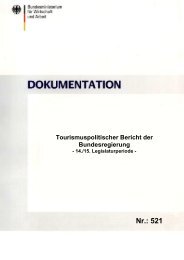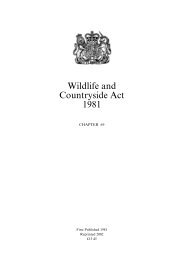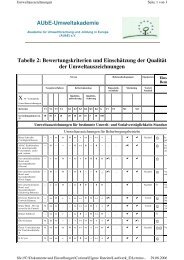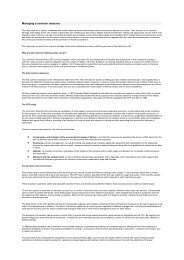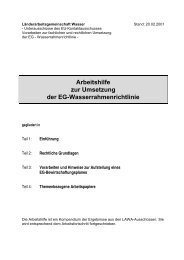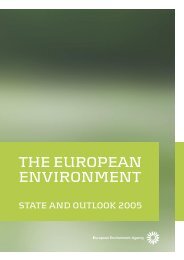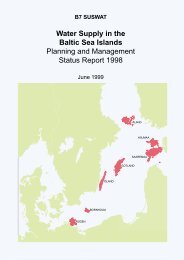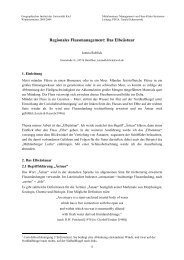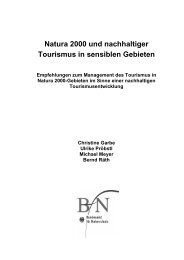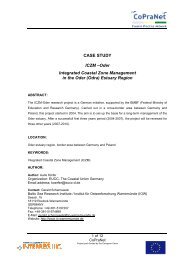View - IKZM-D Lernen
View - IKZM-D Lernen
View - IKZM-D Lernen
You also want an ePaper? Increase the reach of your titles
YUMPU automatically turns print PDFs into web optimized ePapers that Google loves.
Haas & Peekna & Walker Folklore 23<br />
More recent analyses tend to support the original date of 600 B.C.<br />
relayed by Meri. Confirming the findings of a 2000 study by<br />
Rasmussen et al., Veski (2002) reports that unusually high levels of<br />
iridium (widely accepted as a marker of a meteorite impact) have<br />
been found in a bog 6 km from the Kaali crater, in association with<br />
mineral particles, charcoal, and major shifts in pollen types—which<br />
can plausibly be interpreted as signs of impact ejecta, conflagration,<br />
and disruption of vegetation, respectively. The peat layers containing<br />
these traces have been radiocarbon-dated to 800-400 B.C.<br />
How the older organic matter reported by Tiirmaa could have ended<br />
up inside Kaali crater is still a mystery, since the groundwater that<br />
filtered into the pit seems unlikely to have transported more than<br />
minute particles of more ancient sediments. In addition, Lõugas<br />
(1996:146) finds it hard to believe that such a thick layer (6 meters)<br />
of sediment (mud, fallen trees/leaves, peat) could have formed in<br />
the bottom of the crater only since the 7th century B.C. While we<br />
await further studies to clear up such lingering puzzles with regard<br />
to the dating of the event, it is at least safe to say that a meteorite<br />
did hit Saaremaa during an ancient time, when the area was occupied<br />
by humans.<br />
In this paper, we consider how these cataclysms might have affected<br />
the human observers of the time, and we look for possible<br />
references to such events in the cultural heritage of the peoples<br />
living around the Baltic Sea today. For any apparent echoes we identify,<br />
we also consider alternative explanations, such as pure coincidence,<br />
other disasters of a less unusual type, and diffusion of fantastic<br />
tales from other regions. We also consider how explanations<br />
for a unique event could evolve into more general themes for folk<br />
tales or songs, and eventually into reinforcements of ancestor reverence<br />
and conventional morality.<br />
CREATION-MYTHS IN THE PERIGLACIAL<br />
ENVIRONMENT<br />
At the time of the sudden drainage of the Baltic Glacial Lake (10,200<br />
years ago), the Baltic Sea was in a barren Arctic tundra environment,<br />
but by the time of the draining of Ancylus Lake (8,500 years<br />
ago), there was a more hospitable Boreal climate, with pine forests<br />
and hazel coppices predominating (Kessel & Punning 1995: 224–<br />
www.folklore.ee/folklore/vol23<br />
52



